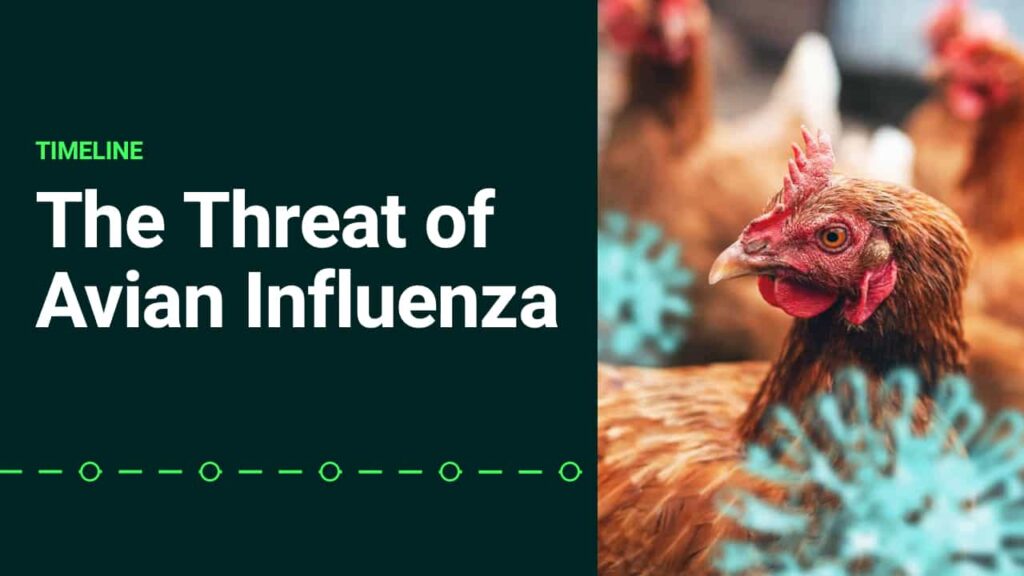Avian influenza, or bird flu, is a viral infection primarily affecting birds but has recently spread to mammals, including humans. This highly contagious virus poses significant health risks and threatens global food security as it continues to spread across species.
Avian flu poses significant health risks, as certain strains like H5N1 and H7N9 can cause severe respiratory illness and high mortality rates in humans. If these viruses become more easily transmissible between humans, there is a heightened risk of a global pandemic.
Economically, outbreaks lead to substantial losses due to the mass culling of poultry and the resulting disruptions in food supply chains, which increase healthcare costs and affect global food security,
Avicena’s initiatives are working to enhance testing and surveillance to support a One Health approach, aiming to manage outbreaks and spread, protect food production, safeguard public health, and reduce the economic impacts of this dangerous virus.
Below you will find a timeline of recent critical events in the global spread of Avian Flu.
Recent Events in Avian Flu
2024
9
OCT
9
OCT
24
JUL
24
JUL
27
JUN
15
JUN
12
JUN
11
JUN
Published by Wisconsin State Farmer.
10
JUN
Published by Nature Medicine
10
JUN
Published by Reuters, Julia Payne.
6
JUN
Published by Reuters, Julie Steenhuysen and Adriana Barrera.
5
JUN
Published by The Telegraph, Maeve Cullinan and Paul Nuki.
23
MAY
23
MAY
Published by ABC News, Jane McNaughton and Warwick Long.
16
MAY
14
MAY
25
APR
Published by CNN, Brenda Goodman.
22
JAN
Published by UC Davis, Tom Hinds.
2023
12
JUL
Published by The World Health Organisation
2022
2022
Ongoing avian influenza outbreaks in animals pose risk to humans. Published by The World Health Organisation
